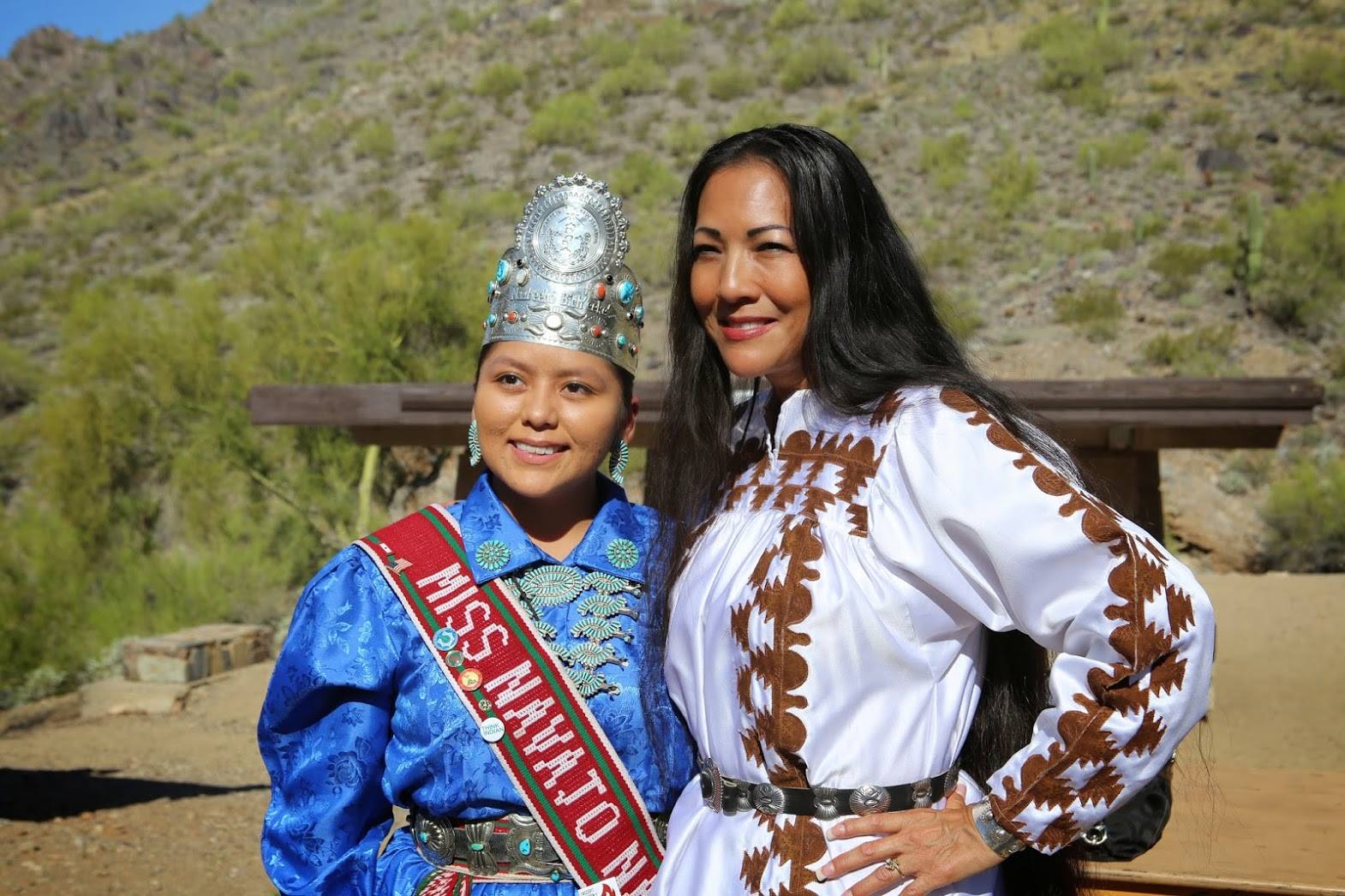
Navajo voters line up to cast ballots in both tribal and Arizona elections in November 2012. Photo by Jaynie Parrish
Labor Day kicks off the campaign season for White House, Congress
By Mark Trahant
Trahant Reports Tired of hearing about Hillary Clinton’s email server? Donald Trump‘s obnoxious phrase of the week? Or Rand Paul argue the benefits of assimilation to American Indians and Alaska Natives? So much nonsense. Yet this week is the unofficial start to the 2016 campaign. So we’ll be getting more debates, more absurd policy pronouncements and more theater. And at the same time as the election contest picks up, we’ll also be witnessing a new round of idiocy from the United States Congress. Congress has about three weeks left to fund the government. As President Barack Obama said over the holiday weekend: “As always, the deadline for Congress to pass a budget is the end of September. Every year. This is not new. And if they don’t, they’ll shut down the government for the second time in two years."
YouTube: Weekly Address: This Labor Day, Lets Talk About the Budget
At a time when the global economy faces headwinds and America’s economy is a relative bright spot in the world, a shutdown of our government would be wildly irresponsible. It would be an unforced error that saps the momentum we’ve worked so hard to build. Plain and simple, a shutdown would hurt working Americans.” This makes no sense because Indian Country will be disproportionately impacted by a government shutdown. I’ll have more to say about that soon. But let’s swing back to the political season because the only way to improve Congress is to elect new people. We need members of Congress who are willing to be politicians and govern by making choices about the options ahead. We should start by focusing where there are the most Native Americans: Arizona’s First Congressional District. There are twelve tribes located within this district, including the Arizona side of the Navajo Nation. (Navajo doesn’t have quite enough people for its own district, even if you include Utah and New Mexico.

Mary Kim Titla with Miss Navajo Nation McKeon Dempsey. Photo from Facebook
Arizona’s first congressional district is the nearest thing to an American Indian majority district. (Arizona did all it could to prevent Native Americans from voting. It’s only been since 1970 when a court opened up election rolls.) The population of the district is 724,868; and 23.2 percent of that is American Indian. Four years ago that number was about 22 percent and unless the district lines change, those numbers will continue to rise. Two Native women have already run for this seat, Mary Kim Titla in 2008 and Wenona Benally Baldenegro in 2012. Titla, San Carlos Apache, is now the executive director of the tribal youth organization, UNITY, INC. Baldenegro is a Navajo and a Harvard-educated attorney. Both lost in the primary — and that’s the challenge for this district. Statewide only 11.9 percent of those eligible cast ballots (and less than 29 percent of registered voters). But if the Native vote could turnout in higher numbers during primary elections, then the results will be different. That sentence is easy to write, and yet so difficult to do.

Rep. Ann Kirkpatrick (D-Arizona) during a campaign stop on the Navajo Nation in 2014. Photo from Photo from Facebook
However in last the general election Native voters did turnout successfully. Some ten million dollars were spent trying to win this “swing” district for Republicans. It was the top House district for so-called “dark” money or third-party spending that ran mostly negative ads. Two groups alone spent roughly $2.6 million supporting Republicans, the American Action Network and Young Guns Network. But big money lost. The Native vote trumped and Rep. Ann Kirkpatrick won re-election by rolling up significant margins in precincts with Native voters in Apache and Navajo counties. However Kirkpatrick’s win stirs another issue and that’s the disappointment many feel after she supported the sneaky transfer of forest land for the Rio Tinto mine. (She’s now running for the U.S. Senate; Sen. John McCain is running for reelection and he engineered the mine transfer by attaching it to a must-pass bill.) And that’s exactly why a Native candidate is needed. It will take about 35,000 votes to win the primary next August and probably about 120,000 votes to succeed in the general election.

Mark Trahant
Expect a lot of candidates to run because it’s an open seat. Roll Call lists the Arizona district as one of thirty “toss up” seats. There should also also be a long list of American Indian candidates for this race, there are lots of people who could put together the resources to win. This is the ideal moment for Arizona’s tribal communities to have a representative in Congress — and so every obstacle should be removed to make this so. It’s time. Mark Trahant is the Charles R. Johnson Endowed Professor of Journalism at the University of North Dakota. He is an independent journalist and a member of The Shoshone-Bannock Tribes. For up-to-the-minute posts, download the free Trahant Reports app for your smart phone or tablet.
Join the Conversation